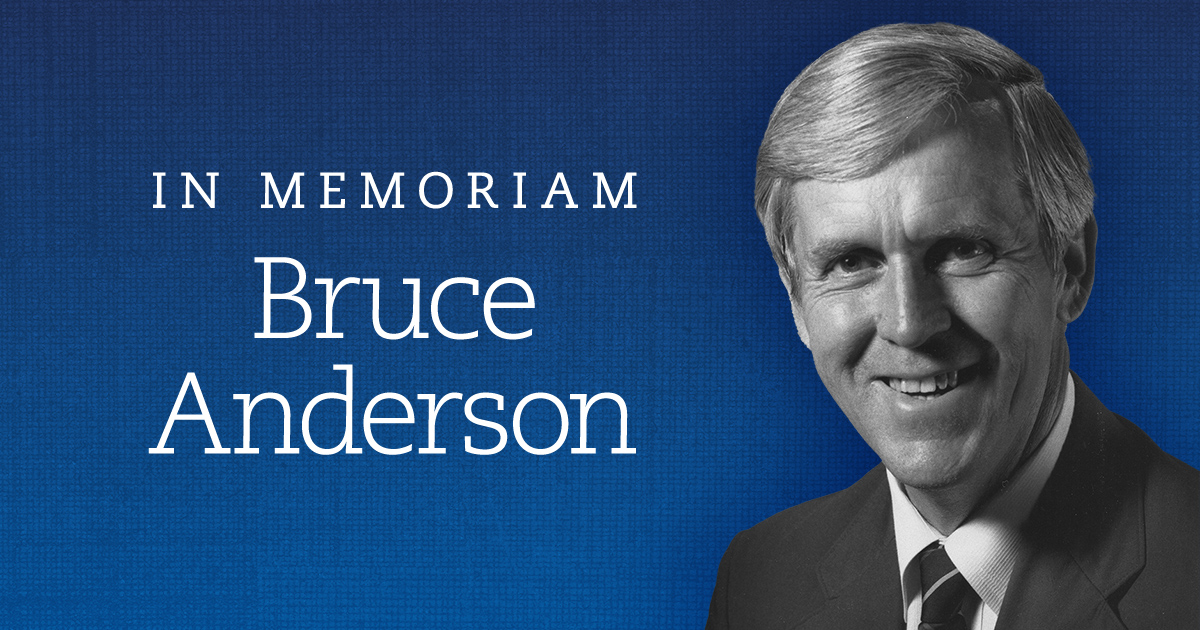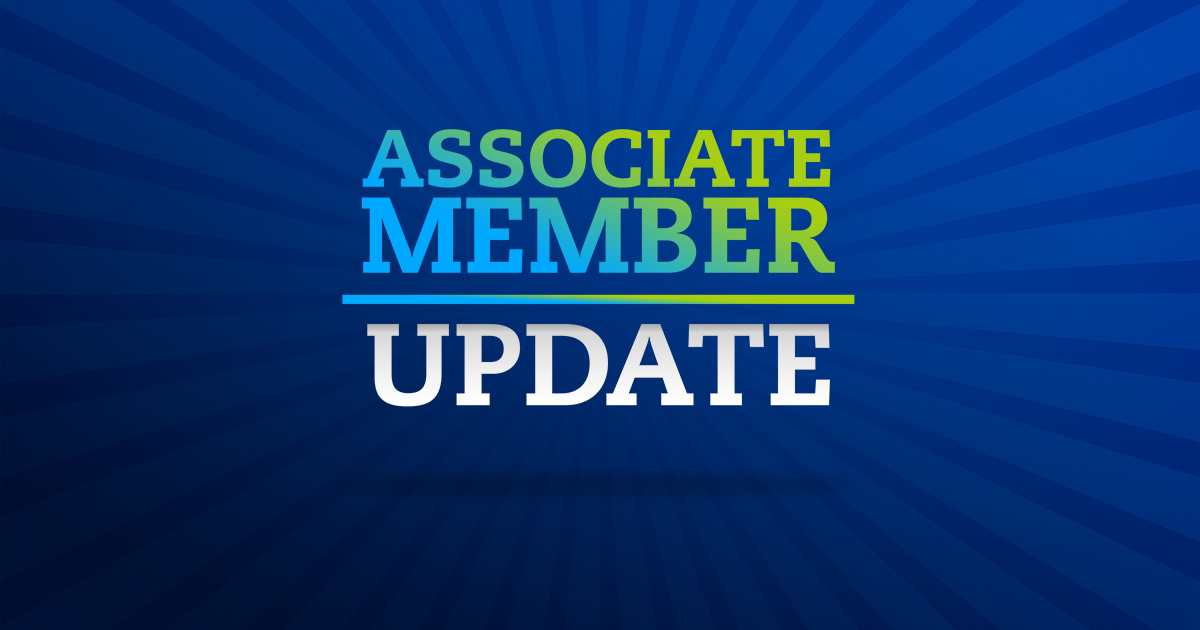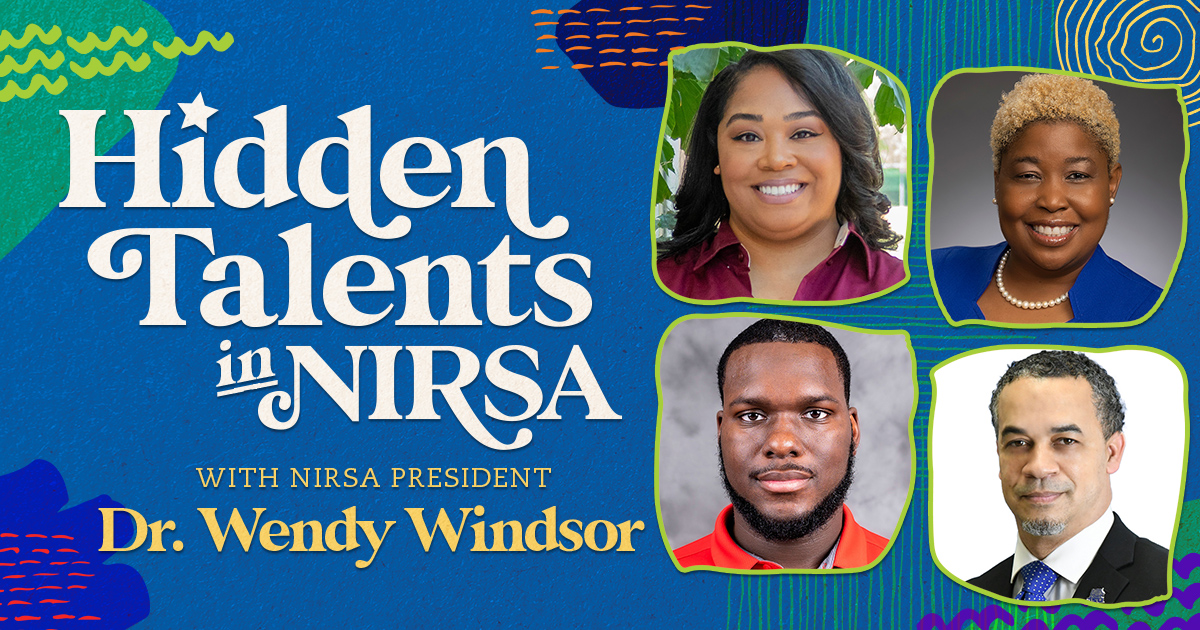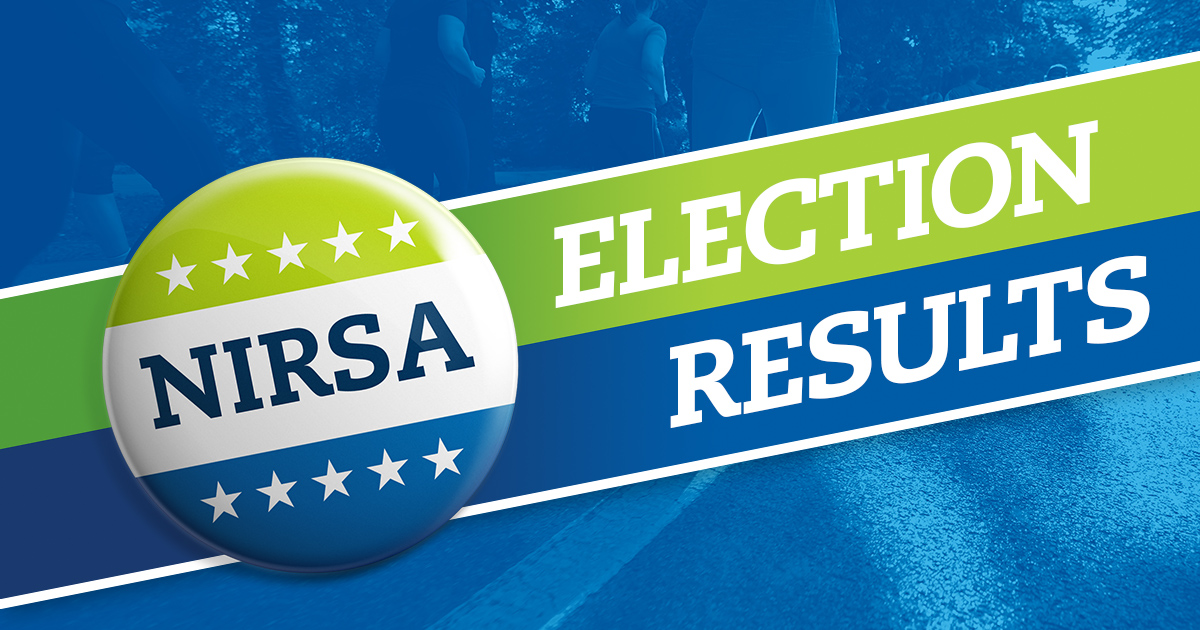It is with sadness that we share the news that Dr. Bruce D. Anderson, former president of NIRSA, passed away on June 2; he was born on Christmas Eve, 1931 in St. Paul, MN. Bruce first joined NIRSA in April 1959 and he volunteered with NIRSA even after retiring from the University of Minnesota in 2005. Within the NIRSA community, Bruce earned a reputation for being an advocate for inclusive recreation, a champion for the professionalization of campus recreation professionals, and a model for professional involvement.
A lifelong golden gopher
Bruce received a BS and MA degree in Physical Education at the University of Minnesota and a PhD in Education from the University of Minnesota. During his long tenure at UM, he served as Associate Director of Recreational Sports and an associate professor in physical education. He taught in the Minnesota Recreation Leadership program for nearly 30 years: “His commitment to the University of Minnesota lasted an entire career, with service to the university community including roles in recreational sports, academics, and intercollegiate athletics,” says Dr. Jennifer Sue Oatey, retired Lead Student Affairs Administrator who worked with Bruce at the University of Minnesota. “He was also a regular on the racquetball courts and at the golf course,” says Sue, “and those who competed against him understood that rec sports professionals can be quite serious competitors.”
For many years, Bruce was also the Official Game Timer for the Gopher football and basketball teams, where he worked many historic games, including the 1992 NCAA Final at the Metrodome featuring Duke University and the University of Michigan’s famous Fab Five.
True NIRSA blue through and through
Bruce actively volunteered in many organizations, holding office in the National College of Physical Education Association for Men and the Minnesota Professional Golfers’ Association. But his involvement in NIRSA, which reached across six decades, is remarkable: It culminated in the Presidential office and was enhanced by influential thought leadership. Here are just a few of the volunteer roles that he held within NIRSA:
- Chair of the NIRSA Research and Assessment Committee
- Member of the Organizational Structure Review Committee
- Chair of the Special Projects Committee
- Chair of the Membership Committee
- Member of the Professional Ethics Committee
- Vice President of NIRSA Region III
- Member of the NIRSA Board of Directors
- Member of the Recreational Sports Journal Editorial Board
- President of NIRSA
While he was President of NIRSA, the Association grew in membership through a successful membership drive, and a signature offering of NIRSA—the NIRSA School, previously offered under the name of the NIRSA School of Management—underwent its final stages of development before its inaugural event was held in Indianapolis in 1989.
Bruce’s leadership affected significant changes to committee alignment and structure and his contributions to thought leadership in the field of collegiate recreation should not be overlooked: he published articles in the NIRSA Annual Conference Proceedings, Research Quarterly, Medicine and Science in Sports, and the Recreational Sports Journal. Alongside NIRSA Honor Award recipients Dr. Judith Bryant and Michael J. Dunn, Bruce co-authored “one of the most pivotal treatises on the administrative reporting lines of a campus recreation program on a college campus,” says Paul Milton in his “Editor’s Corner” entry of Volume 34 Issue 2 of the Recreational Sports Journal, which was published in October 2010. “The short, but powerful, ‘Rationale for Independent Administration of Collegiate Recreational Sports Programs’ (1994) was a milestone position paper that highlighted the differences between intercollegiate athletics, physical education, and campus recreation, and helped crystallize the importance of campus recreation programs in both the minds and actions of campus recreation administrators and university administration,” Paul adds.
Bruce had the visionary foresight to see that “Recreational sports administration is only going to increase in complexity, and we need to encourage talented and enthusiastic young men and women to get involved.” In his State of the Association Address, published in the Summer 1988 NIRSA Newsletter, Bruce signed off by reminding his colleagues of a core value that he traced back all the way to NIA founder Ross Townes:
“The notion that students should be included in the administration of intramural programs is the basis for the training of future professionals and the development of graduate student programs. Now, I’m not suggesting that every student who works in your programs should become a professional, but rather that we need to selectively encourage those students who demonstrate an interest and enthusiasm for recreational sports. And as the interest surfaces and grows we can become more selective about this encouragement. I’m encouraged by the number of graduate assistant opportunities that exist and suggest that we continue our efforts to make these programs attractive and meaningful experiences.”
His contributions to the Association can hardly be fully detailed here. But his impact was honored in 2013—during the celebrations for the Centennial of Collegiate Recreation—when he was named as a Legacy Contributor to the profession. Emeritus status in NIRSA was conferred on Bruce in 2014.
Bruce mentored many emerging professionals not just indirectly but often as an active collaborator. He served as advisor to Michael Stevenson’s dissertation who remembers, “Dr. Anderson assisted Pat Mueller in authoring one of the early texts [Intramural Recreational Sport: Programming and Administration] used in the profession. Michael also worked as a colleague of Bruce’s at the University of Minnesota before joining the staff at the University of Michigan and he adds, “Bruce contributed many creative tournaments structures…he was a dear friend and will be greatly missed.”
Funeral service
A memorial gathering will take place at the Washburn-McReavy Nokomis Park Funeral Chapel in Minneapolis on Friday, July 14 from 9:30am–10:30am Graveside services will follow at 11:00 a.m. at Resurrection Cemetery, Mendota Heights, MN. A luncheon will be served at Mendakota Country Club in Mendota Heights after the service.
- If you would like to share historically significant milestones or legacy details with NIRSA, contact the NIRSA History and Legacy Committee.
Pam Watts is currently the Executive Director at NIRSA.






